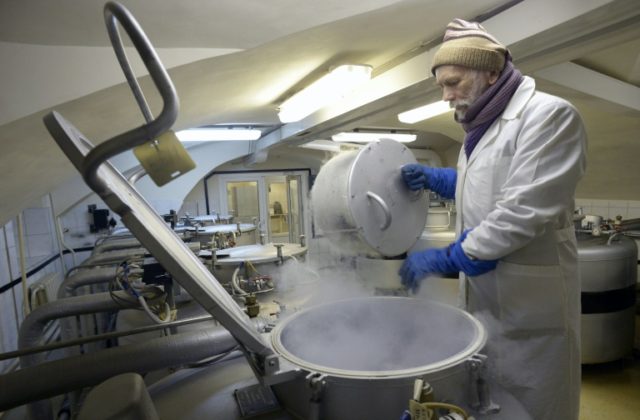American scientists have successfully revived an embryo from cryogenic freeze.
After 60 years of experimentation, there has been a major breakthrough in the science of cryogenic freezing. Whereas scientists have been able to successfully preserve life through the freezing process, revival has proved fatal. As cells are reheated, they expand, destroying many in the process. So while preserving an organism for future revival has been possible for some time, waking them up has never been truly viable — until now.
Cryogenic experts have managed to successfully revive ten percent of zebra fish embryos in an experiment that added gold to the anti-freeze solution used to prevent the formation of ice crystals in the subject., in the form of microscopic golden “nano-rods” were added. Then, when lasers were used to defrost the frozen embryos, the gold helped to safely conduct its heat. This allowed the fish embryo to be revived without fatal damage.
While only ten percent of the subjects survived this first trial of the technique, its result represents something of historic importance: It worked.
The potential uses of the technology are tremendous. Cryogenic freezing has been conceived as a way to preserve a dying patient until a cure can be found, or to preserve the minds of our greatest luminaries. Further, cryogenic stasis could be used in long-term space travel.
Rather than risking the psychological effects of extreme enclosure and isolation on extended missions — or colonization efforts — cryogenics could allow ships to transport people without the need for the bulk of life support measures, and then defrost their occupants once the destination has been reached.
For now, I’m going to step into my freezer. Don’t wake me until no one remembers what a fidget spinner is.
Follow Nate Church @Get2Church on Twitter for the latest news in gaming and technology, and snarky opinions on both.

COMMENTS
Please let us know if you're having issues with commenting.